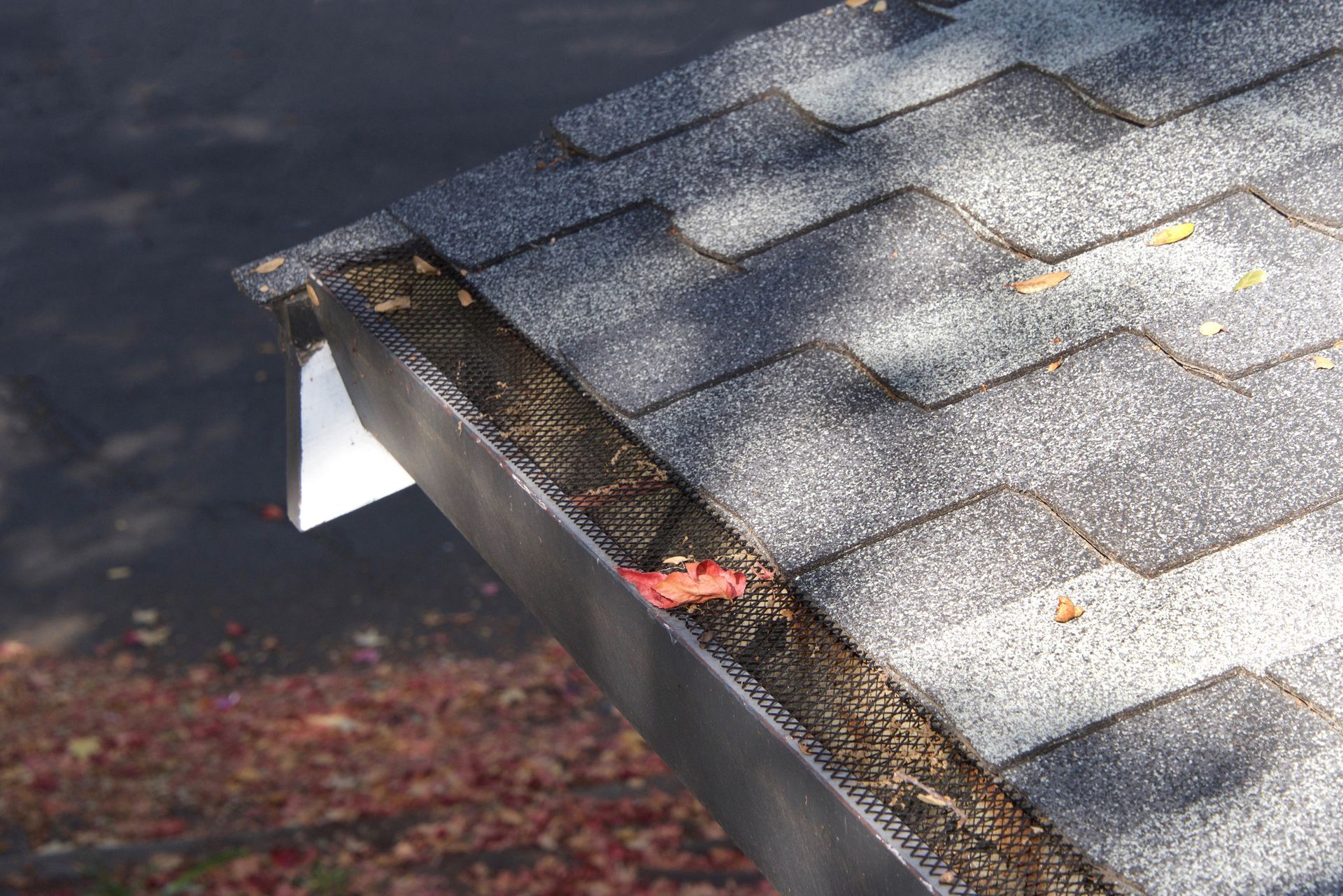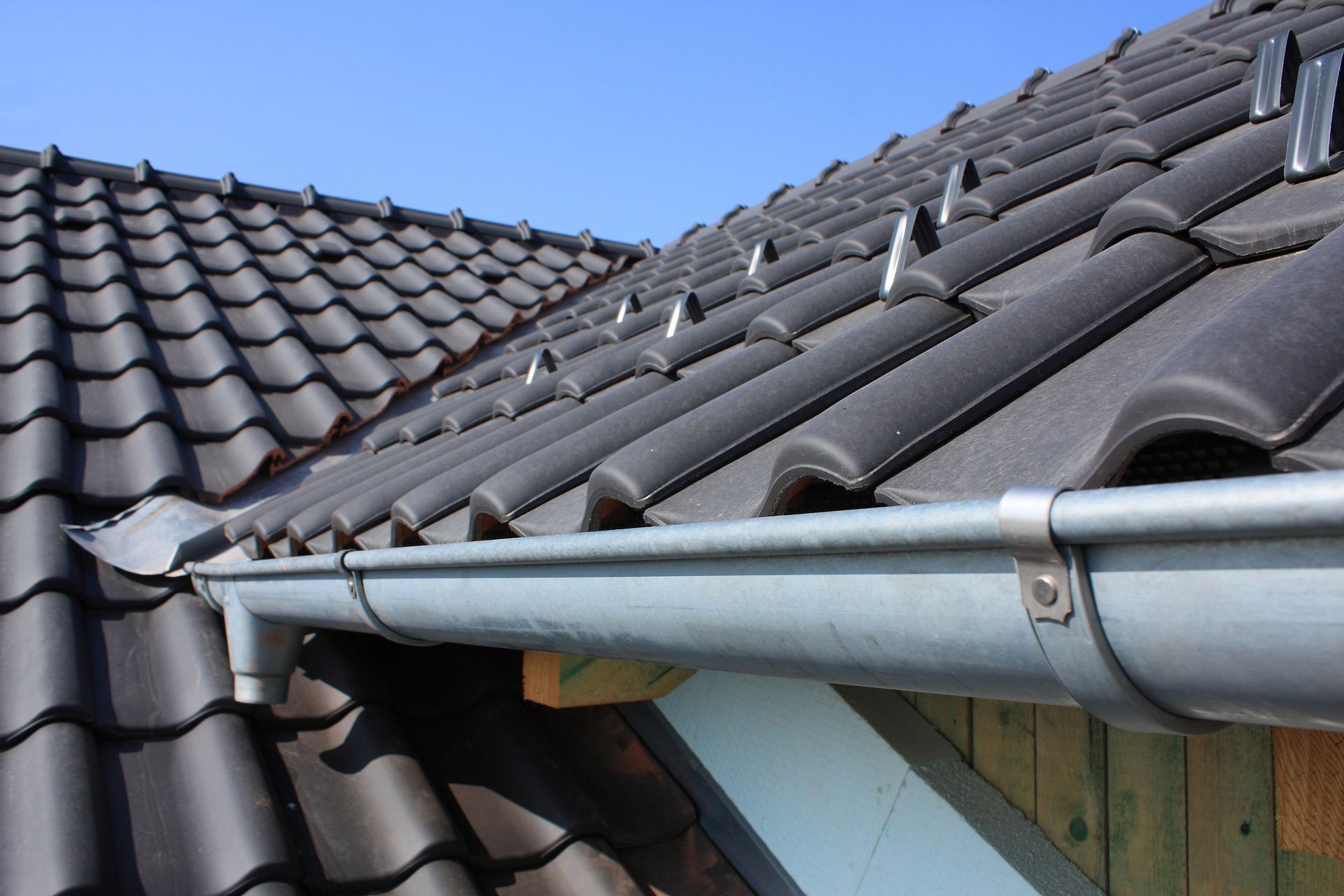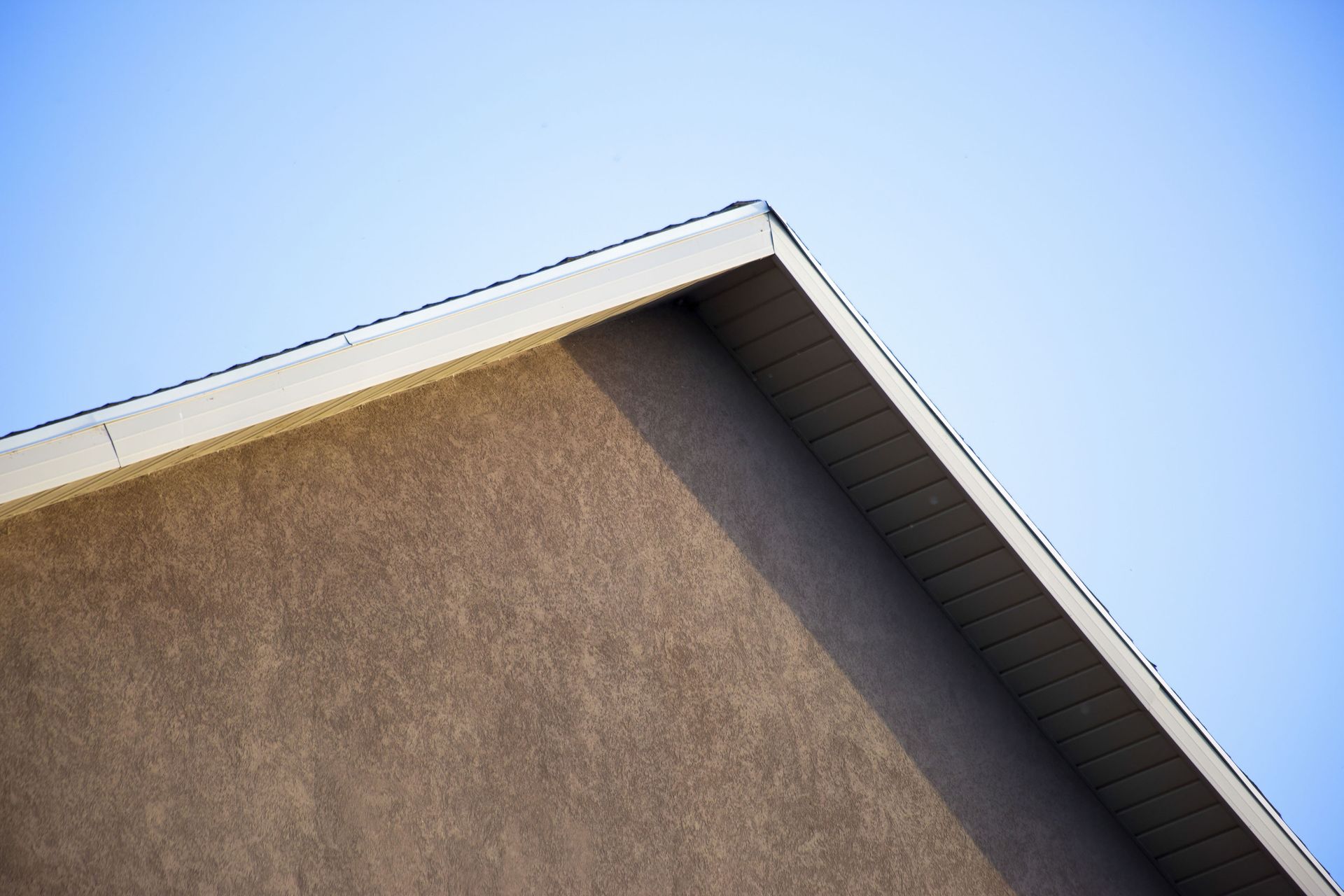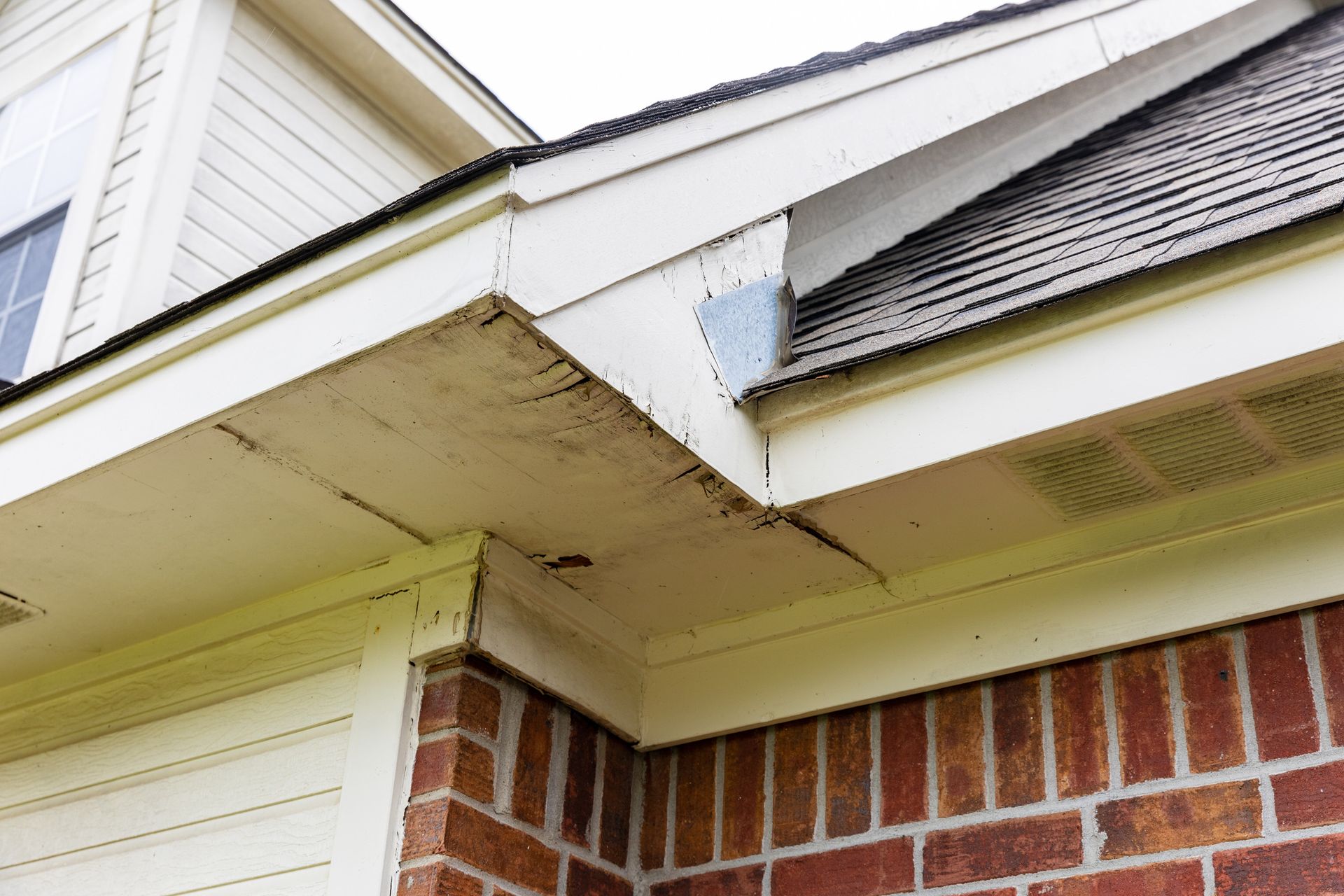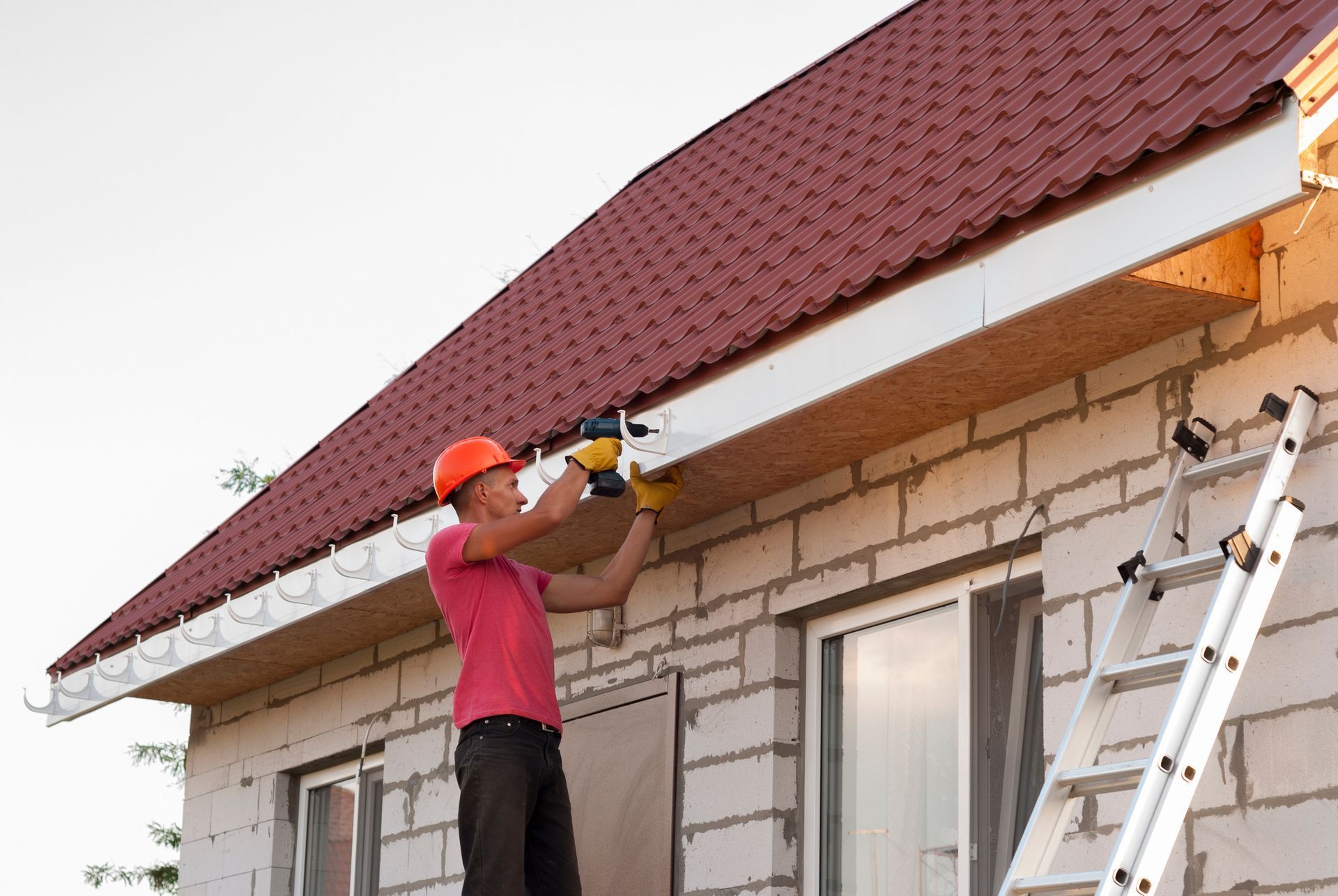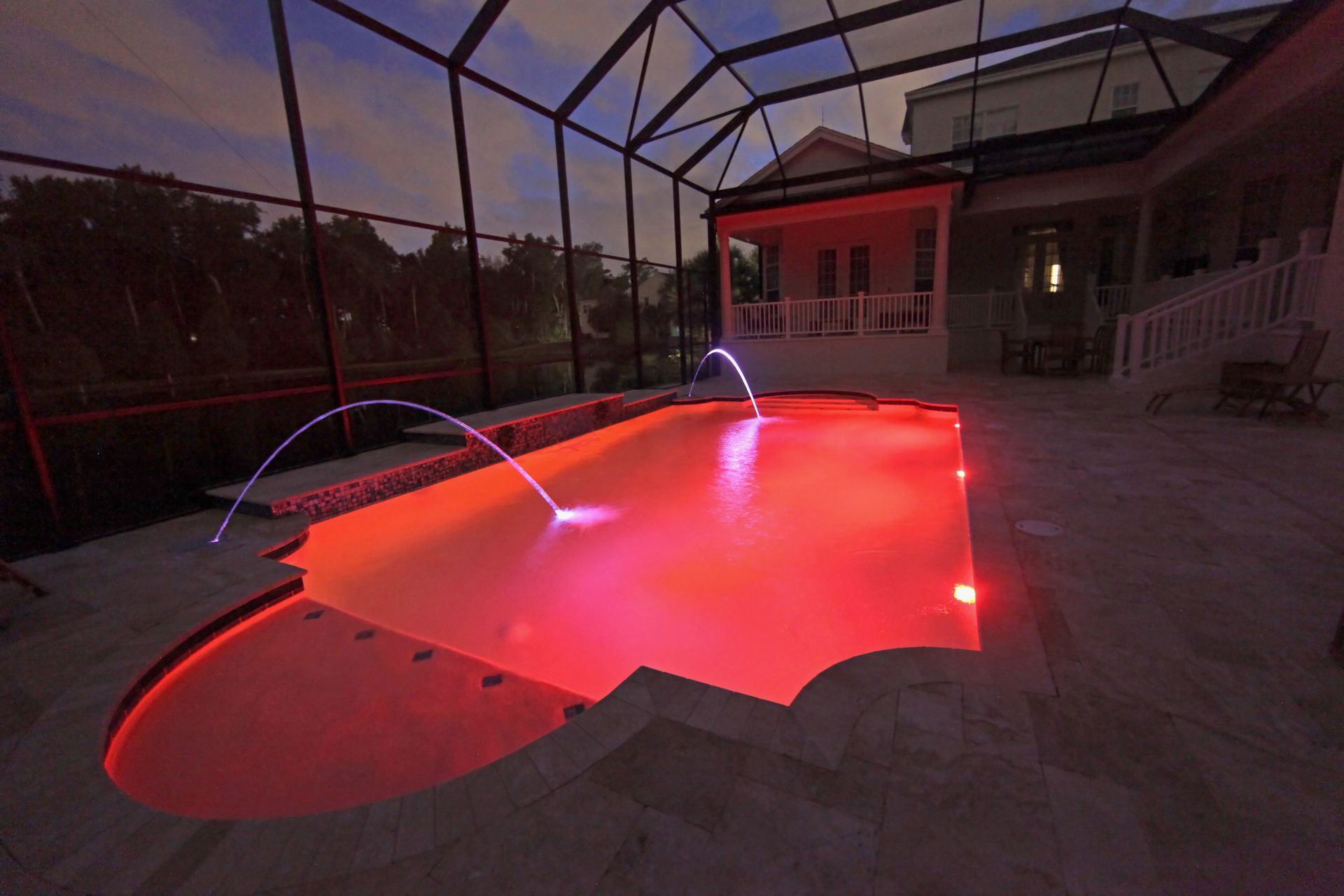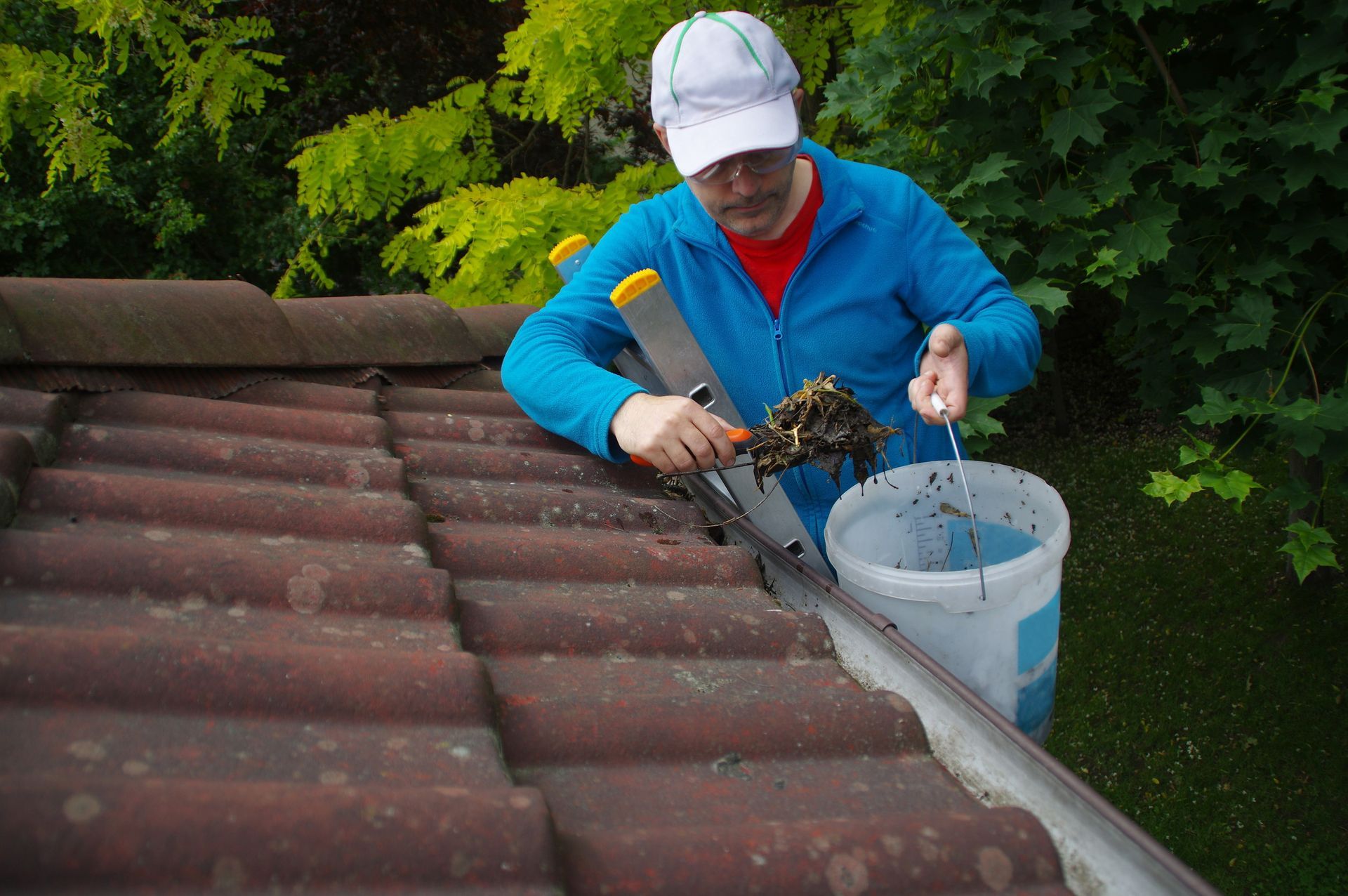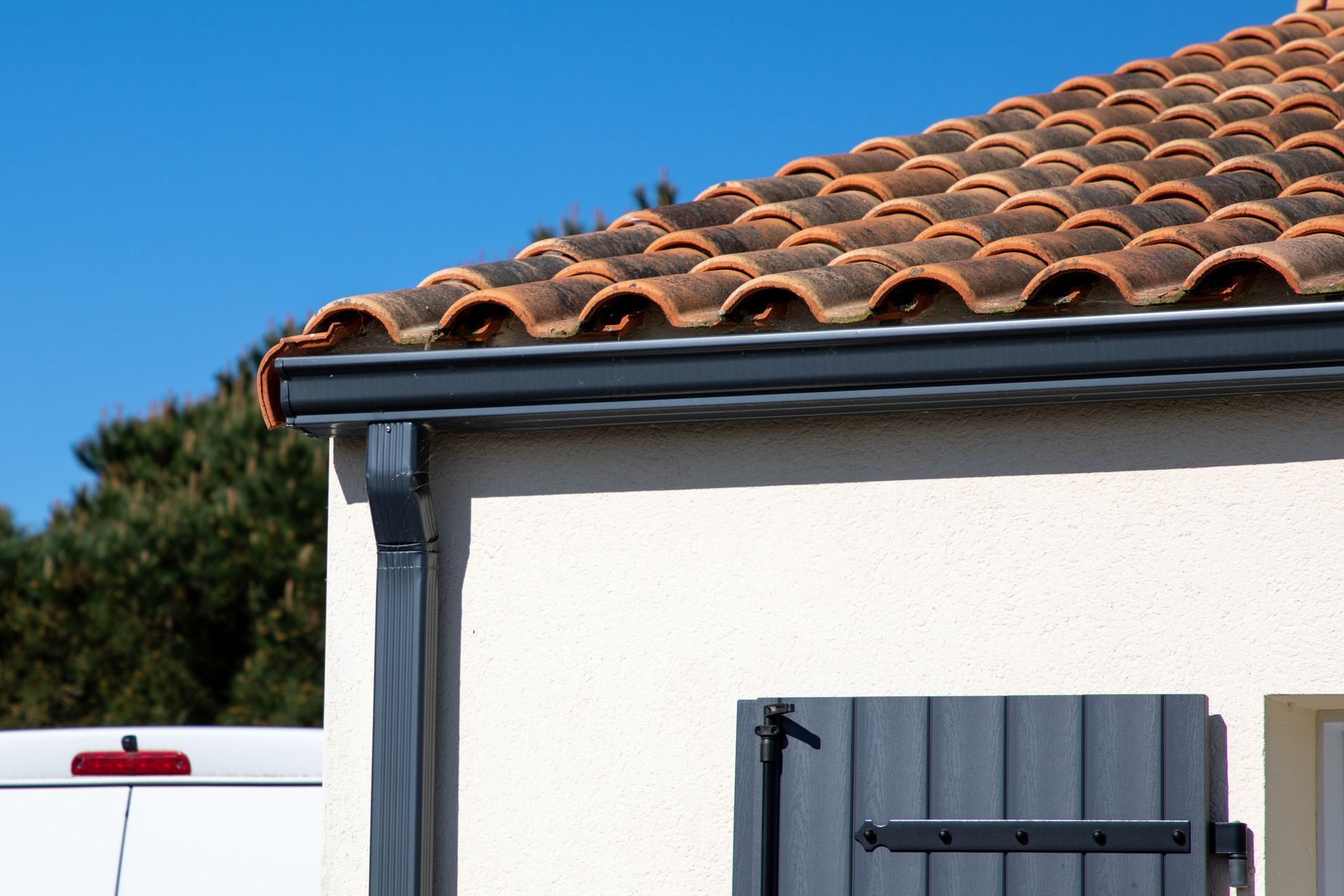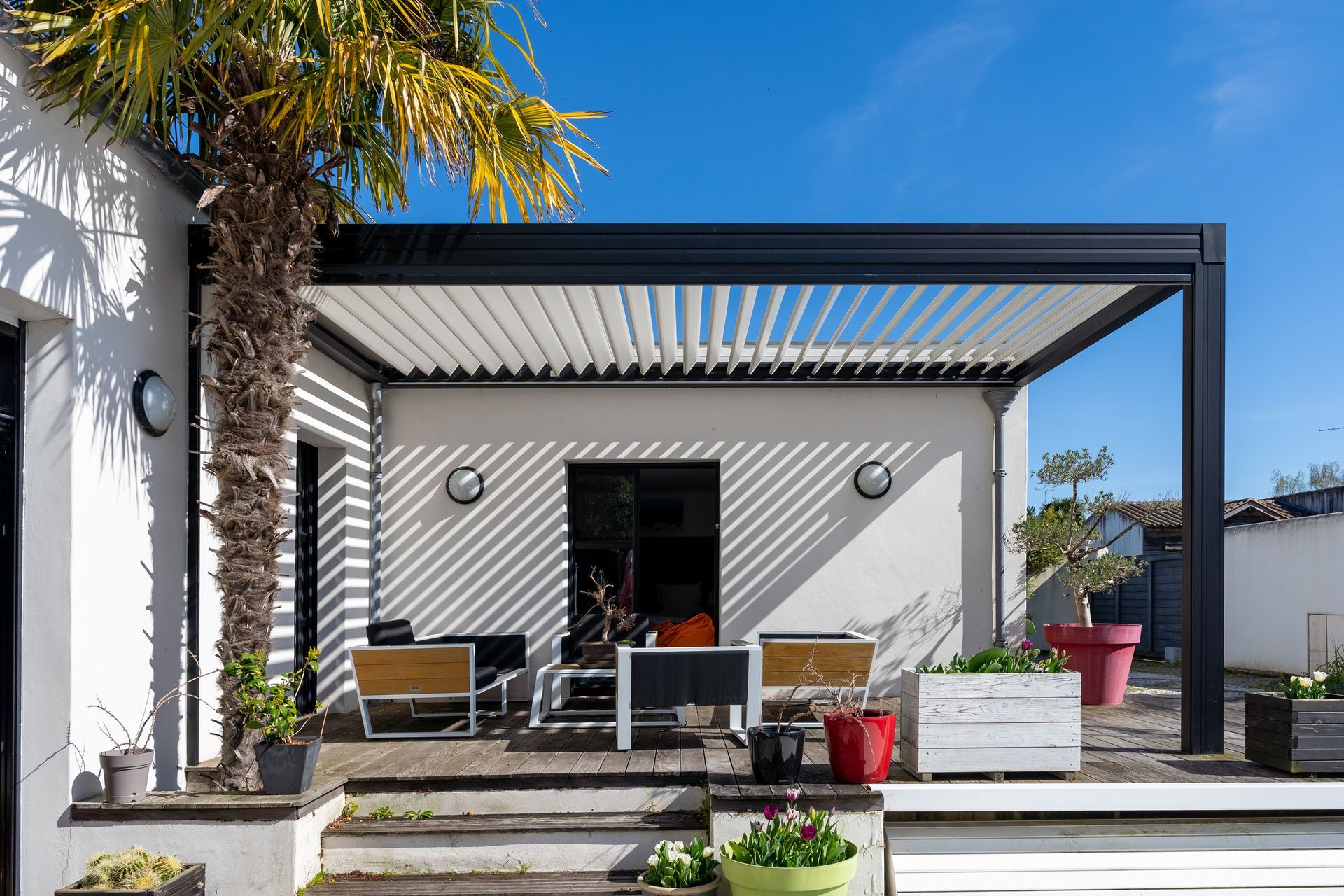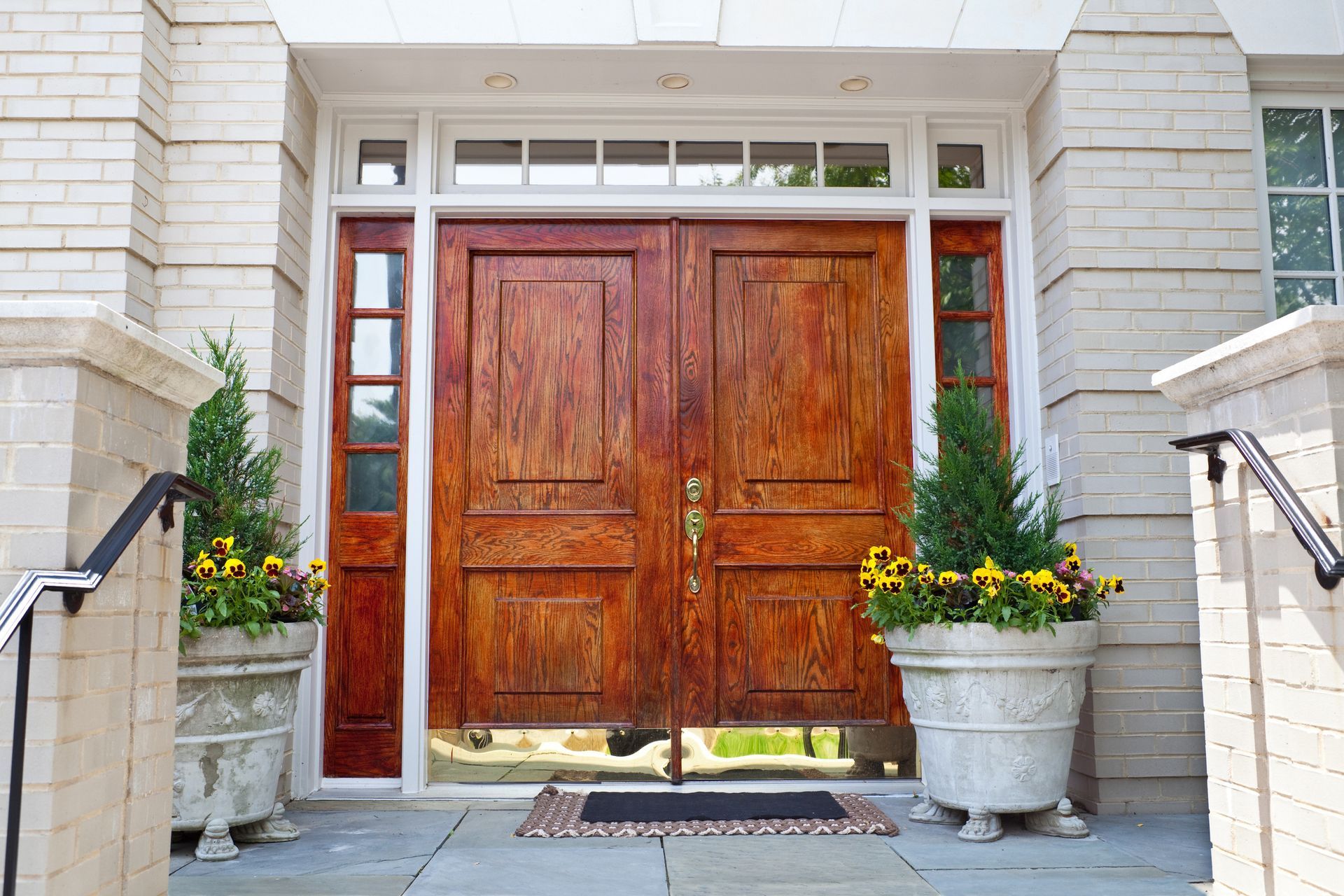Why Soffits and Fascias Are Important
When it comes to maintaining the integrity and appearance of a home, many different components come into play. From the roof to the windows, each element plays an important role in protecting and enhancing a house.
However, one often overlooked aspect is the soffit and fascia. These two components may not be as visible or well-known as others, but they are just as crucial for the overall health of your home.
In this blog post, we will delve deeper into why soffits and fascias are important and how they contribute to the functionality and aesthetic appeal of your home.
So sit back, relax, and get ready to learn more about these lesser-known yet essential parts of any well-maintained house.
What are Soffits and Fascias?
Soffits and fascias are key architectural elements that form part of your home's roofing system. Fascias are the long, straight boards that run along the lower edge of the roof, directly fixed to the roof trusses and are often the support for gutters. Soffits, on the other hand, are located under the fascia board.
They are more hidden and can be ventilated to allow the flow of air into the roof area.
But why are these components so important? Soffits play a crucial role in ventilating your attic, helping to disperse heat and dampness that can lead to rotting in the rafters and sheathing.
Meanwhile, fascias protect the ends of the roof trusses from weather damage and provide a point of attachment for the gutters and drainage pipes, guiding rainwater away from the roof and the building's foundation.
Both soffits and fascias add an aesthetic touch to your home and have important functional roles in maintaining the structural integrity of the building.
The Role of Soffits and Fascias in Protecting Your Home's Structure
Soffits and fascias serve a fundamental role in preserving the structural integrity of your home. The soffit keeps unwanted pests out while providing essential ventilation that helps to prevent heat and moisture build-up in your attic. This ventilation is critical as it curbs the growth of mold and dampness that could potentially damage your home's structure, particularly the rafters and sheathing.
The fascia, on the other hand, acts as a barrier between the elements and your roof edge. It aids in preventing water and weather damage which could otherwise lead to costly structural repairs and replacements.
It also offers support for guttering systems, ensuring that rainwater is effectively drained away from your home.
It protects your home's foundations from water damage and potential undermining. In essence, the fascia is your home's first line of defense against weather damage.'
Together, the soffits and fascias work in harmony to protect your home from structural damage, safeguarding your investment and ensuring your house remains a safe and comfortable living environment.
Materials Used for Soffits and Fascias
When it comes to choosing materials for soffits and fascias, there are several options to choose from, each with its own set of advantages and disadvantages.
- Wood: Traditionally, soffits and fascias were made out of wood due to its availability and ease of installation. Wood offers a classic aesthetic that can be painted to match the rest of the house. However, it requires regular maintenance and is susceptible to rotting, warping, and pest damage.
- PVC: PVC or vinyl is a popular choice for modern homes due to its durability and low maintenance requirements. It is resistant to rot and pest damage and can withstand harsh weather conditions. However, it may become brittle over time and is not as environmentally friendly as other options.
- Aluminum: Aluminum soffits and fascias are lightweight, durable, and require little maintenance. They are resistant to rot, rust, and pest damage. They can also be painted in a variety of colors to match the house. The downside is that they can dent easily.
- Fiber Cement: This material is a blend of cement and wood fibers. It's highly durable, resistant to rot and pests, and requires minimal maintenance. However, it can be more expensive and heavier than other options.
- Composite Boards: Made from a mixture of recycled wood chips, sawdust, and epoxy resin, composite boards are a resilient and eco-friendly option. They resist rot, warping, and insect infestation, and can be painted to suit the home's exterior.
Choosing the right material for your soffits and fascias largely depends on your specific needs, budget, and the aesthetic you desire for your home. Consult with a professional to determine which option is best suited for your home.
Cost-Effective Ways to Maintain Your Soffits and Fascias
Maintaining your soffits and fascias can be cost-effective if done regularly and diligently. Here are some practical ways to keep them in optimal condition:
1. Regular Inspections: Regularly inspect your soffits and fascias for signs of damage or wear. Look for cracks, peeling paint, and signs of rot or pest infestation. Early detection of problems can save significant repair or replacement costs down the line.
2. Cleaning: Clean your soffits, fascias, and gutters at least twice a year to remove dirt, debris, and potential blockages. This not only enhances the aesthetic appeal of your home but also extends the lifespan of these components.
3. Repainting: If your soffits and fascias are made of wood or other paintable materials, consider repainting them every few years to protect against weather damage and maintain their appearance.
4. Pest Control: Regular pest control is essential, particularly for wooden soffits and fascias, to prevent infestations that could lead to structural damage.
5. Professional Maintenance: Although there are costs associated with hiring a professional, their expertise can detect and address issues that might be missed by the untrained eye. Regular professional inspections can help maintain the integrity of your soffits and fascias over time.
Remember, preventative maintenance is always more cost-effective than reactive repairs or replacements. By investing a little time and money into maintaining your soffits and fascias, you can extend their lifespan and protect the overall structural integrity of your home.
Spotting Signs of Damage on Your Soffits and Fascias
Recognizing early signs of damage on your soffits and fascias can save you from costly repairs and structural issues down the line. Here are some key indicators of potential problems:
1. Peeling Paint or Stains: Peeling paint can be a sign of prolonged exposure to harsh weather conditions. Stains might indicate water damage or a leak in your gutter system. Both require immediate attention to prevent further damage.
2. Cracks or Splits: Look for cracks or splits in your fascias or soffits. These can be an entry point for water, leading to rot or mold.
3. Sagging or Leaning: If your fascias are sagging or leaning, it might indicate that they are not able to support the weight of the gutters, especially when filled with water or debris. This could be due to rot or structural damage.
4. Evidence of Pests: Look for signs of pests, such as nests, droppings, or gnaw marks. Pests can cause significant structural damage if not dealt with promptly.
5. Rust or Rot: Check for signs of rust on metal fascias or rot on wooden ones. Both can weaken the structures over time, leading to potential failures.
6. Water in the Basement or Foundation: This may be a sign that your fascias are not directing water away from your home effectively, leading to leaks into your basement or damage to your foundation.
7. Mold and Mildew: Mold and mildew on the soffits can indicate excessive moisture buildup, often due to a lack of proper ventilation.
If you notice any of these signs, it is advisable to contact a professional immediately to assess the situation and recommend the appropriate course of action. Regular inspections and maintenance can help to spot these signs early on, mitigating any potential damage to your home.
Conclusion
Investing in quality soffits and fascias is a wise decision for any homeowner. Not only do they play critical roles in protecting your home from potential structural damage, but they also enhance the overall aesthetic appeal of your property.
Proper maintenance of these components can save you costly repairs or replacements in the long run, ensuring your home remains structurally sound and aesthetically pleasing for many years.
Moreover, the value of your property can significantly increase with well-maintained soffits and fascias, making it a desirable asset in the real estate market. In essence, quality soffits and fascias are not just an expenditure but a long-term investment toward a safer, more comfortable, and valuable home.
About Us
Are you looking for a reputable and experienced contractor to help build a beautiful Lanai on your property in Florida? Look no further than The Heights Aluminum, your one-stop solution for all aluminum installation needs.
